UNLIMITED ACCESS TO OVER 400 HISTORIC PLACES
Live and breathe the story of England at royal castles, historic gardens, forts & defences, world-famous prehistoric sites and many others.
Key events from the Second World War were plotted and prepared for at properties now in the care of English Heritage.
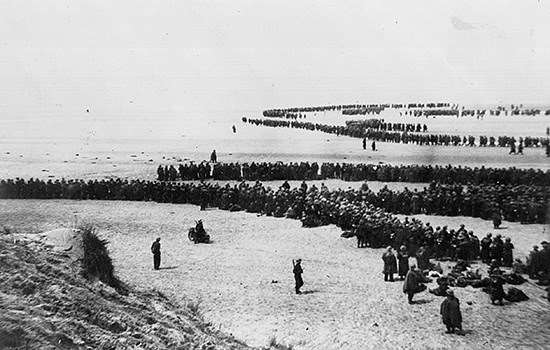
Find out how trapped Allied troops were rescued from Dunkirk in 1940 via the daring Operation Dynamo, controlled from Dover Castle.

Operation Dynamo took place in the face of the Germans’ rapid invasion of France in 1940. Find out why France collapsed so quickly.
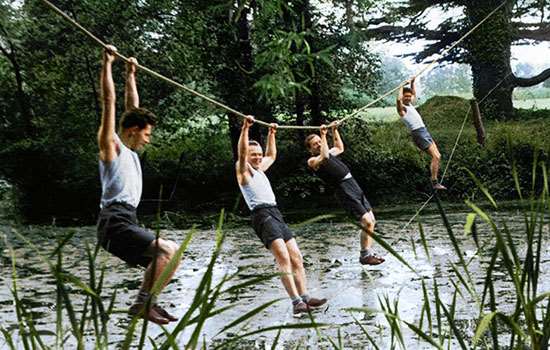
Read about the Polish special forces soldiers trained in covert operations, sabotage and intelligence-gathering at Audley End House in Essex.
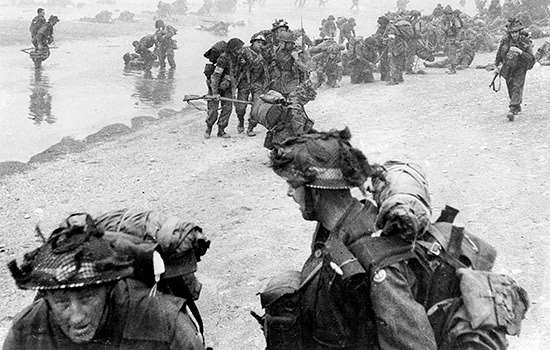
Discover how Dover Castle tunnels supported the elaborate deception that concealed the true location of the 1944 D-Day landings from the Germans.
Discover how service personnel lived, worked and learned during the Second World War.

Read extraordinary stories of the ordinary people who worked in the long, brick-lined tunnels at Dover Castle, the nerve centre of the Dunkirk evacuation.

Learn how the Army Educational Corps found a wartime home in Eltham Palace, a stunning medieval palace turned art deco home.
Fashion historian Amber Butchart, makeup artist Rebecca Butterworth and curator Dr Kathryn Bedford discuss the military lives and looks of the Women’s Royal Naval Service staff.
Explore how civilian life was impacted by war as never before, from flying bombs to food shortages.

Explore the stories of evacuees, servants, aristocrats and training soldiers who resided in country houses during the war.
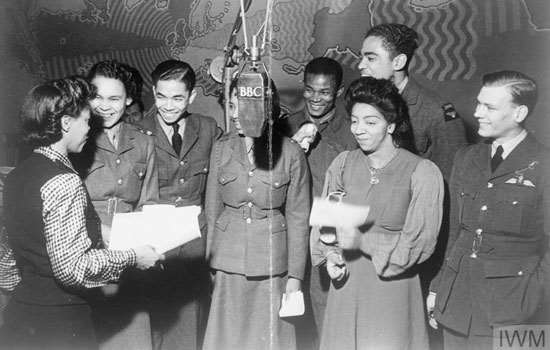
Morale-boosting radio shows featured music, tales of war-work and the voices of military personnel far from their homes.

Clothes rationing had a memorable effect on wartime life, from coupons to parachute silk, utility clothing and ‘Make Do and Mend’.

In June 1944, the arrival of the V1 – also known as the doodlebug or buzz bomb – marked a significant and sinister new phase of the war on the home front.

Mass-Observation tracked public attitudes to subjects including Hitler, bombing and defeatism. This pioneering research shaped wartime policy.

The Crown Film Unit was at the forefront of early documentary filmmaking. During the war, it produced documentaries aiming to raise morale and fight fascism.
Read the stories of the undercover operatives and codebreakers who made vital contributions during the war and are recognised with blue plaques.

Juan Pujol Garcia, codename ‘Garbo’, deceived the Nazis, diverting German forces away from the Normandy landings and helping to ensure the success of D-Day.

Noor Inayat Khan, codename ‘Madeleine’, was the first female radio operator to be sent into occupied France during the Second World War, and at one point was the only transmitting agent left in Paris.

Odette Sansom, codename ‘Lise’, was an undercover courier who survived Nazi imprisonment. After her return to London on VE Day, she became the first woman to be awarded the George Cross.

As a cryptanalyst at Bletchley Park, Alan Turing made vital – and, at the time, top-secret – contributions to the deciphering of the German Enigma code.

Remarkable cryptanalyst Joan Clarke was the most senior of the few female cryptanalysts at Bletchley Park and worked in Hut 8, which cracked the German Enigma code.

Violette Szabo, codename ‘Louise’, was sent into occupied France twice, and was executed at Ravensbrück concentration camp for refusing to betray the French Resistance.

Wing Commander FFE Yeo-Thomas, codename ‘The White Rabbit’, was parachuted into France to organise the splintered resistance into a unified secret army.

Christine Granville, born Krystyna Skarbek, was one of the most remarkable secret agents of the Second World War and Britain’s longest-serving female agent.
Listen to discover more about the Second World War at our sites and the collections and people associated with them.

Discover the daring Polish soldiers who undertook secret wartime training at Audley End House to go above and beyond for their nation and Allied victory.
Hear about life at the country houses requisitioned by the military and reinvented as barracks, offices and training facilities as the war raged.
How the biggest landing by land, sea and air the world has ever seen helped bring about the end of the Second World War.
The once-hidden history of spies, intelligence personnel and secret agents whose exploits were crucial to British intelligence.
Blue plaques commemorate people from a wide range of wartime roles, from pilots to prime ministers.

Douglas Bader was one of the first ‘Wing Leaders’ and one of the most deadly fighter pilots in the RAF.

Patrick Blackett was a Nobel Prize-winning physicist and a highly influential military advisor during the Second World War.

Sir Winston Churchill was known for his inspirational speeches as Prime Minister during the war.

British soldier Charles Coward rescued Jewish prisoners from Auschwitz and testified in the Nuremberg trials.

General Charles de Gaulle led the Free French Forces against Nazi Germany.

Anna Freud set up the Hampstead War Nursery, providing care for over 80 children of single-parent families.

Graphic designer Abram Games created recruitment posters and used humour to engage soldiers with messages about health and hygiene.

Martha Gellhorn was a pioneering war correspondent whose passionate but lucid reporting style became highly influential.

RAF pilot Guy Gibson led the ‘Dambusters’ bombing raid in 1943.

Field Marshal Viscount Gort was Commander-in-Chief at Dunkirk and directed the defence of the besieged island of Malta.

Helen Gwynne-Vaughan was head of the women’s branch of the British Army, the Auxiliary Territorial Service.

Pioneering aviator Amy Johnson broke world records before becoming a pilot with the Air Transport Auxiliary.

Una Marson created of the morale-boosting show Calling the West Indies, featuring voices of West Indian personnel and uplifting tales of war work.

Lee Miller’s reportage included the siege of St Malo, Hitler’s private apartments, the liberation of Paris and Dachau concentration camp.

Field Marshal Montgomery was a British Army officer celebrated for his leadership at El Alamein and in Normandy.

Lady Reading founded the Women’s Voluntary Services to perform civil defence tasks in preparation for war.

Learn the story of the Polish special forces soldiers trained in covert operations.
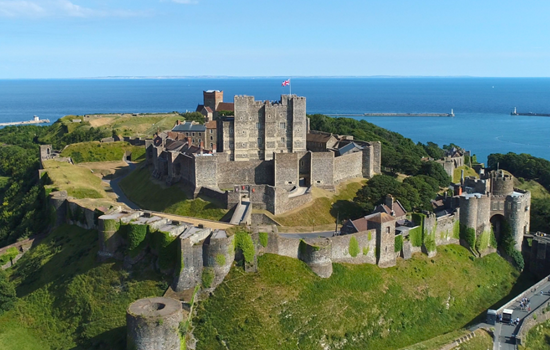
Explore the tunnels where Operations Dynamo and Fortitude were planned.
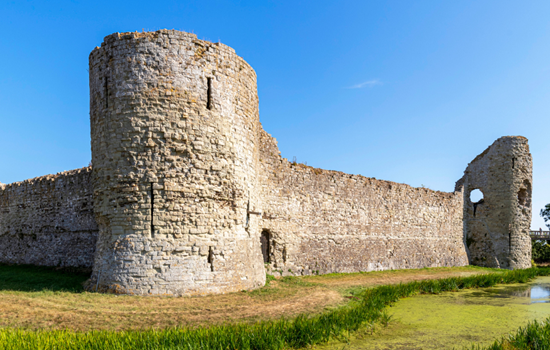
Discover the Second World War defences concealed at the medieval castle.

Visit this small Tudor castle to discover how it was adapted to provide Second World War defences.

Explore the once top-secret location where the military tested equipment in preparation for the D-Day invasion.

Visit Bristol’s treasured Temple Church, saved after being ravaged by the firestorms of the 1940 Bristol Blitz.

Follow the tunnels to the Half Moon Battery to be transported back to the Second World War.

See the fine 20th-century stained-glass windows depicting scenes from the Second World War.
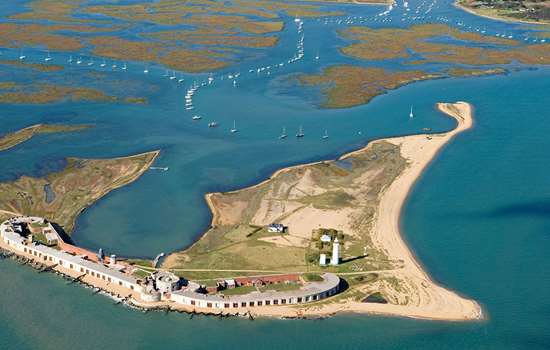
Discover how this Tudor castle, commanding the narrow entrance to the Solent, played an active role through both world wars.

Explore Portland Castle, used by the Welsh Regiment, the WRNS and for the build-up to the D-Day invasion in 1944.

Visit the castle whose final military phase saw it equipped with quick-firing guns to protect merchant shipping convoys.

Visit to hear the voice of a Second World War gunner describing air raids, sinking ships and primitive living conditions at the castle.